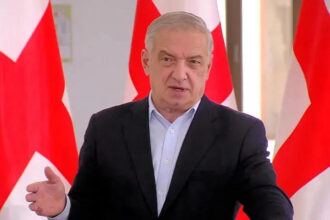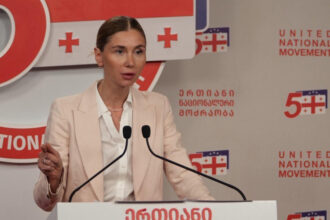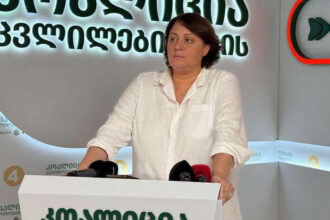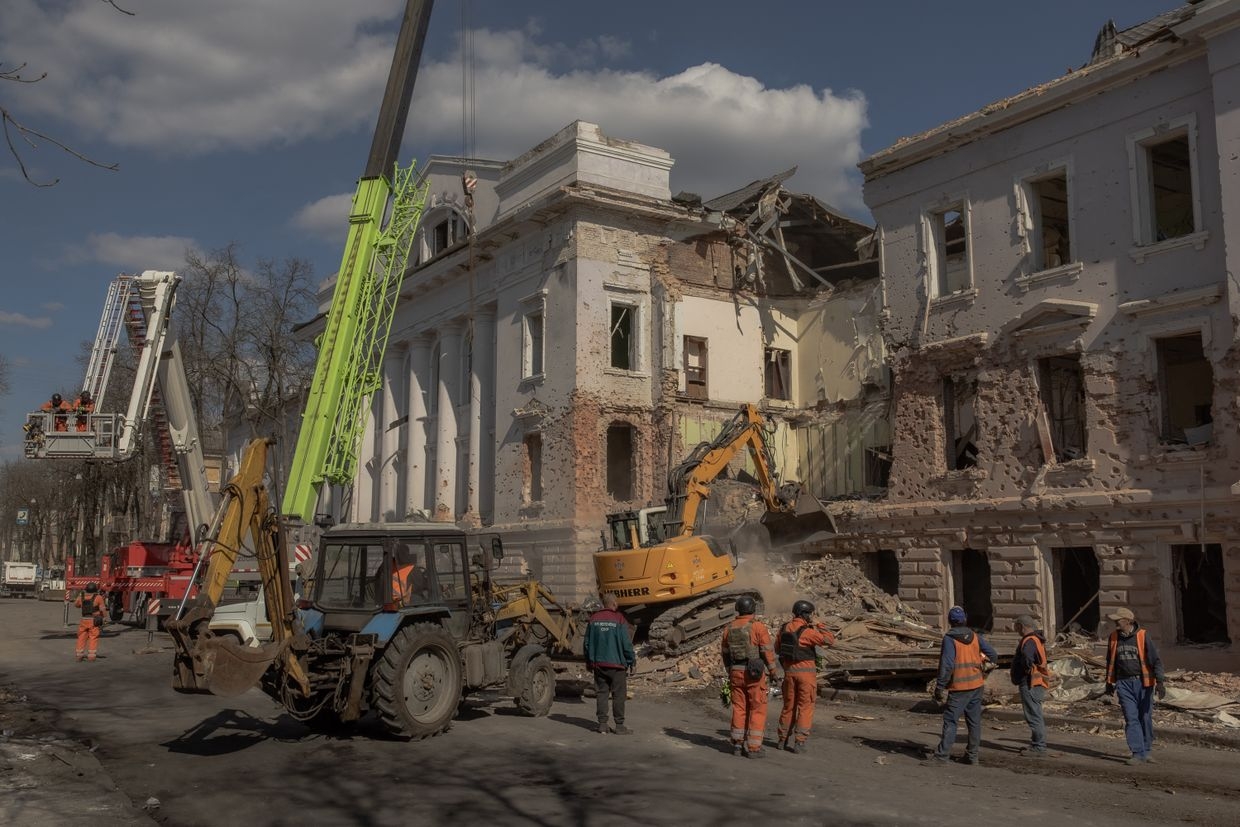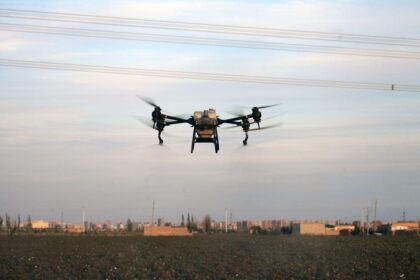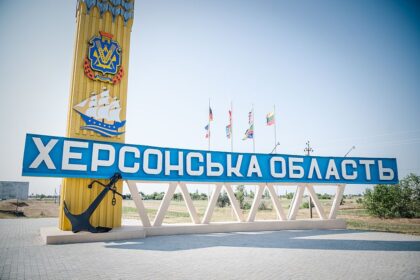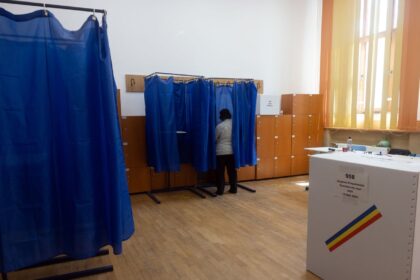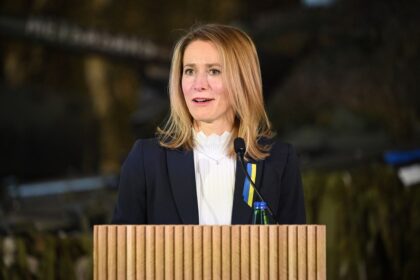A scathing critique of a New York Times article by a journalist who regularly reports on the conflict between Russia and Ukraine. The article highlights several issues with the NYT’s reporting, including:
1. **Lack of moral context**: The article “A Landscape of Death” creates a narrative of moral equivalence in a war where the moral landscape is black and white. It implies that Ukraine’s actions are equally responsible for the destruction caused by Russia’s invasion.
2. **Pro-Russian bias**: The journalist argues that the NYT reporter, Anastasia Vasilyeva (not mentioned in the article, but referred to as “Heitmann”), was given exclusive access to a notoriously brutal Russian military unit, Akhmat, without any critical context or explanation of their actions.
3. **Lack of self-awareness**: Unlike the journalist’s own reporting on Ukraine’s incursion into Kursk Oblast, Heitmann’s article does not acknowledge potential biases or the complexities of the situation.
4. **Comparison to WW2-era propaganda**: The journalist compares Heitmann’s reporting to that of a Western reporter embedded with a Nazi German SS unit during World War II, implying that it is equally problematic.
The article concludes by urging the NYT to do better in its reporting on this conflict, highlighting the need for moral grounding and critical context. The journalist argues that such an approach could have real consequences for the future existence of Ukraine, as Americans may become more vulnerable to “both-sidesing” narratives on this war.

